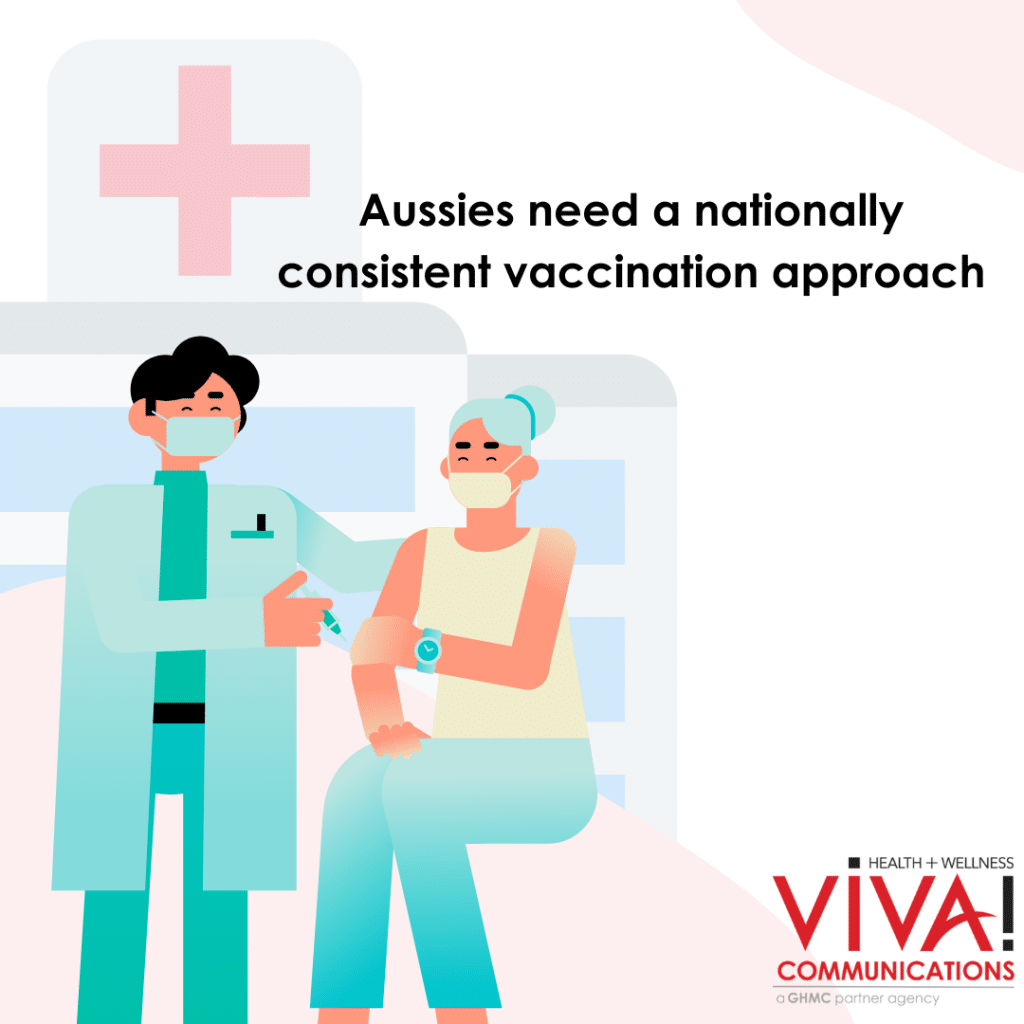Aussies need a nationally consistent vaccination approach

Following a decline in vaccination rates following the peak of the COVID-19 pandemic, a new report is calling for a united, consistent, national approach to vaccinate Australians following a decline in vaccination rates after the peak of the COVID-19 pandemic.
The Grattan Institute’s ‘A fair shot: How to close the vaccination gap’ report suggests taking action on a National Vaccines Partnership Agreement and aligning State-based regulations governing pharmacists’ authority to administer specific vaccines – regulations which currently vary across jurisdictions.
The report predicts vaccination rates will fall further due to several factors, including:
- Vaccine fatigue;
- Confusion over which vaccines are needed; and
- Increased vaccine misinformation.
Vaccination rates have dropped significantly since the peak of the pandemic, reinforcing the critical need for a policy reset in Australia, to save lives and alleviate heavy strain on hospitals.
Millions of older Australians who are at higher risk of failing ill, remain unvaccinated against COVID, influenza, shingles, and pneumococcal disease.
COVID vaccination rates have also been on the decline. In December 2021, more than 90 per cent of adults deemed high-risk, were vaccinated against COVID. Meanwhile, the virus continues to persist, resulting in more fatalities and hospitalisations compared with influenza.
These recommendations echo the Pharmaceutical Society of Australia’s (PSAs) ongoing calls for a nationally consistent approach to vaccination, and demonstrate just how far we need to go to ensure equitable access to vaccination for all Australians.
Fast facts on COVID-19 vaccination
- Australia has witnessed a steep decline in vaccination rates, which plummeted from more than 90 per cent in December 2021, to less than 10 per cent by the end of February 2023 among those deemed to be high-risk;
- Only 38 per cent of high-risk patients were vaccinated against COVID-19 in 2023
- As of November 2023, fewer than four in 10 aged care residents were deemed up-to-date with COVID-19 vaccinations.
Older Australians are also lagging in the uptake of other important vaccinations. Less than half of Australians aged in their 70s were vaccinated against shingles, with even less (one in five) vaccinated against pneumococcal disease.
Flu vaccination rates are also consistently low across the board, with only 27 per cent of Australians vaccinated against influenza in Autumn 2023. High-risk groups that receive subsidised vaccinations under the National Immunisation Program (NIP) are beset by low, or inconsistent flu vaccination rates, according to the report. For example, only around 16 per cent of Aboriginal and Torres Strait Islander (ATSI) people received a flu shot prior to winter this year.
The Grattan Institute’s report calls for a policy reset through a National Vaccination Agreement that outlines clearer goals and responsibilities to boost vaccination targets in high-risk groups. The report also cites Primary Health Networks (PHNs) should be required to make ongoing progress towards reaching national targets, and must be equipped with funding to support general practice, pharmacists, and aged care providers to promote vaccination uptake in mainstream primary care.
